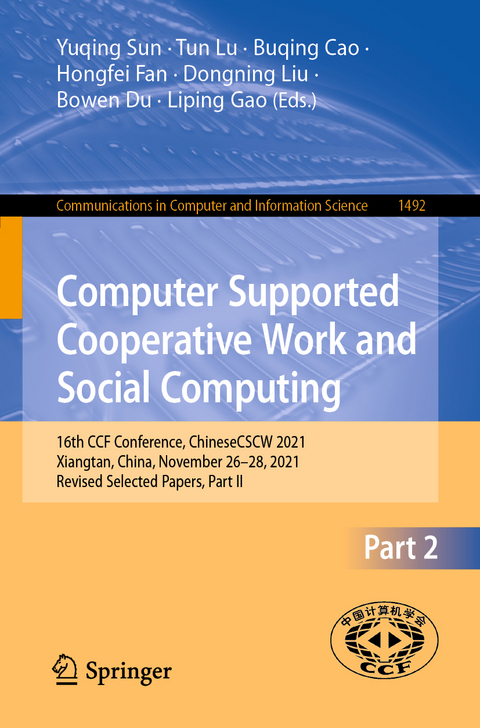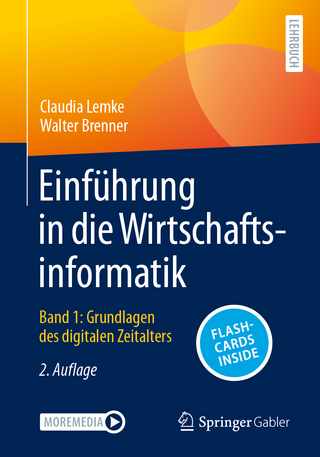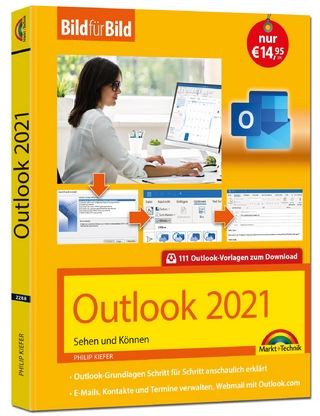
Computer Supported Cooperative Work and Social Computing
Springer Verlag, Singapore
978-981-19-4548-9 (ISBN)
The 65 revised full papers and 22 revised short papers were carefully reviewed and selected from 242 submissions. The papers are organized in the following topical sections:
Volume I:
Collaborative Mechanisms, Models, Approaches, Algorithms and Systems; Cooperative Evolutionary Computation and Human-like Intelligent Collaboration; Domain-Specific Collaborative Applications;
Volume II:
Crowd Intelligence and Crowd Cooperative Computing; Social Media and Online Communities.
Crowd Intelligence and Crowd Cooperative Computing.- Locally Linear Embedding Discriminant Feature Learning Model.- Cache Optimization based on Linear Regression and DAG Task Graph.- A University Portrait System Incorporating Academic Social Network.- Multi-objective Optimization Of Ticket Assignment Problem In Large Data Centers.- Joint Embedding Multiple Feature and Rule for Paper Recommendation.- Predicting Drug-Target Interactions Binding Affinity by Using Dual Updating Multi-Task Learning.- GRE: A GAT-based Relation Embedding Model of Knowledge Graph for Recommendation.- Locating Hidden Sources in Evolutionary Games Based on Fuzzy Cognitive Map.- Deep bug triage model based on multi-head self-attention mechanism.- Taxi Pick-up Area Recommendation via Integrating Spatio-temporal Contexts into XDeepFM.- Learning When to Communicate among Actors with Centralized Critic for Multi-agent System.- Social Media and Online Communities.- Academic text classification algorithm based on pre-trained model and keyword extraction.- ResConvE: Deeper Convolution-based Knowledge Graph Embeddings.- Extractive-Abstractive: A Two-Stage Model for Long Text Summarization.- A Random-walk-based Heterogeneous Attention Network for Community Detection.- Attributed Network Embedding based on Attributed-subgraph-based Random Walk for Community Detection.- Adaptive Seed Expansion Based on Composite Similarity for Community Detection in Attributed Networks.- MDN: Meta-transfer Learning Method for Fake News Detection.- Local Community Detection Algorithm Based on Core Area Expansion.- Federated Clique Percolation for Overlapping Community Detection on Attributed Networks.- A new academic conference information management system based on social network.- A Full Information Enhanced Question Answering System Based on Hierarchical Heterogeneous Crowd Intelligence Knowledge Graph.- Exploring the Content Sharing Practice across Social Network Sites.- An Improved Label Propagation Algorithm for Community Detection Fusing Temporal Attributes.- Understanding Scholar Social Networks: Taking SCHOLAT as An Example.- SCHOLAT Link Prediction: A Link Prediction Dataset Fusing Topology and Attribute Information.- A Graph Neural Network-based Approach for Predicting Second Rise of Information Diffusion on Social Networks.- HPEMed: Heterogeneous Network Pair Embedding for Medical Diagnosis.- MR-LGC: A Mobile Application Recommendation Based on Light Graph Convolution Networks.- Neural Matrix Decomposition Model Based on Scholars’ Influence.- DOCEM: A Domain-embedding-based Open-source Community Event Monitoring Model.- Diversified Concept Attention Method for Knowledge Tracing.- Self-auxiliary Hashing for Unsupervised Cross Modality Retrieval.- RCBERT An Approach with transfer learning for App reviews classification.- The Impact of COVID-19 on Online Games: Machine Learning and Difference-In-Difference.- Uncertain Graph Publishing of Social Networks for Objective Weighting of Nodes.- Federated Multi-label Propagation Based on Neighbor Node Influence for Community Detection on Attributed Networks.- AcaVis: A Visual Analytics Framework for Exploring Evolution of Dynamic Academic Networks.- Dynamic Information Diffiusion Model Based on Weighted Information Entropy.
| Erscheinungsdatum | 25.07.2022 |
|---|---|
| Reihe/Serie | Communications in Computer and Information Science ; 1492 |
| Zusatzinfo | 151 Illustrations, color; 32 Illustrations, black and white; XXI, 528 p. 183 illus., 151 illus. in color. |
| Verlagsort | Singapore |
| Sprache | englisch |
| Maße | 155 x 235 mm |
| Themenwelt | Mathematik / Informatik ► Informatik ► Netzwerke |
| Informatik ► Office Programme ► Outlook | |
| Informatik ► Weitere Themen ► Hardware | |
| ISBN-10 | 981-19-4548-9 / 9811945489 |
| ISBN-13 | 978-981-19-4548-9 / 9789811945489 |
| Zustand | Neuware |
| Informationen gemäß Produktsicherheitsverordnung (GPSR) | |
| Haben Sie eine Frage zum Produkt? |
aus dem Bereich


